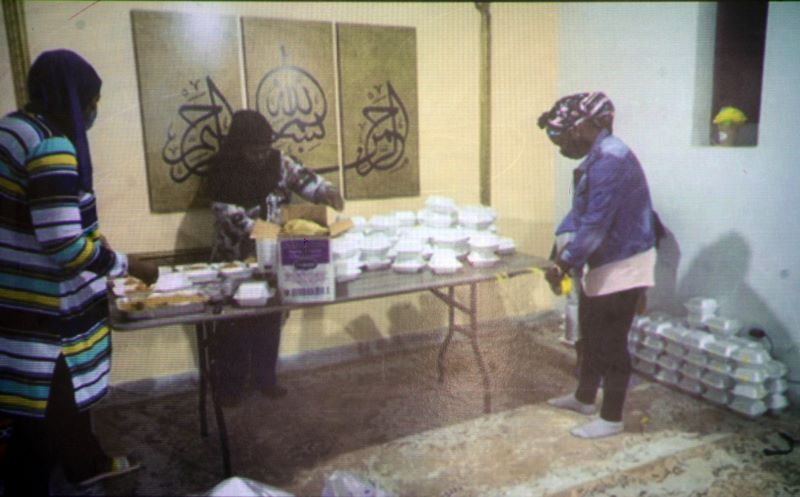Women and Youth as the Majority of Converts to Islam in Latin America
Discover the rise of Islamic communities in Latin America with insights into conversions, adaptations, and challenges. Explore the impact of the erosion of Catholic Church hegemony.





